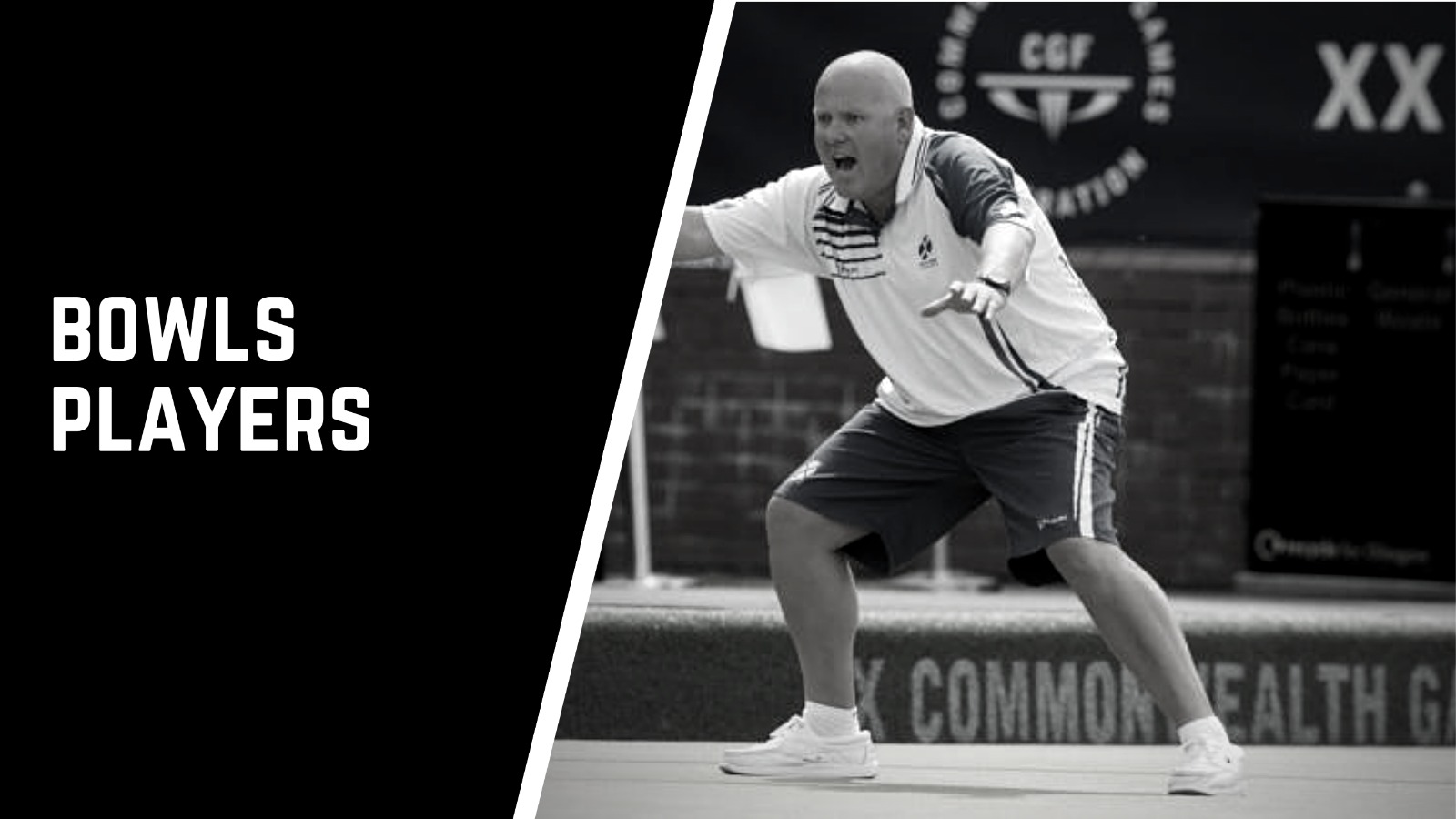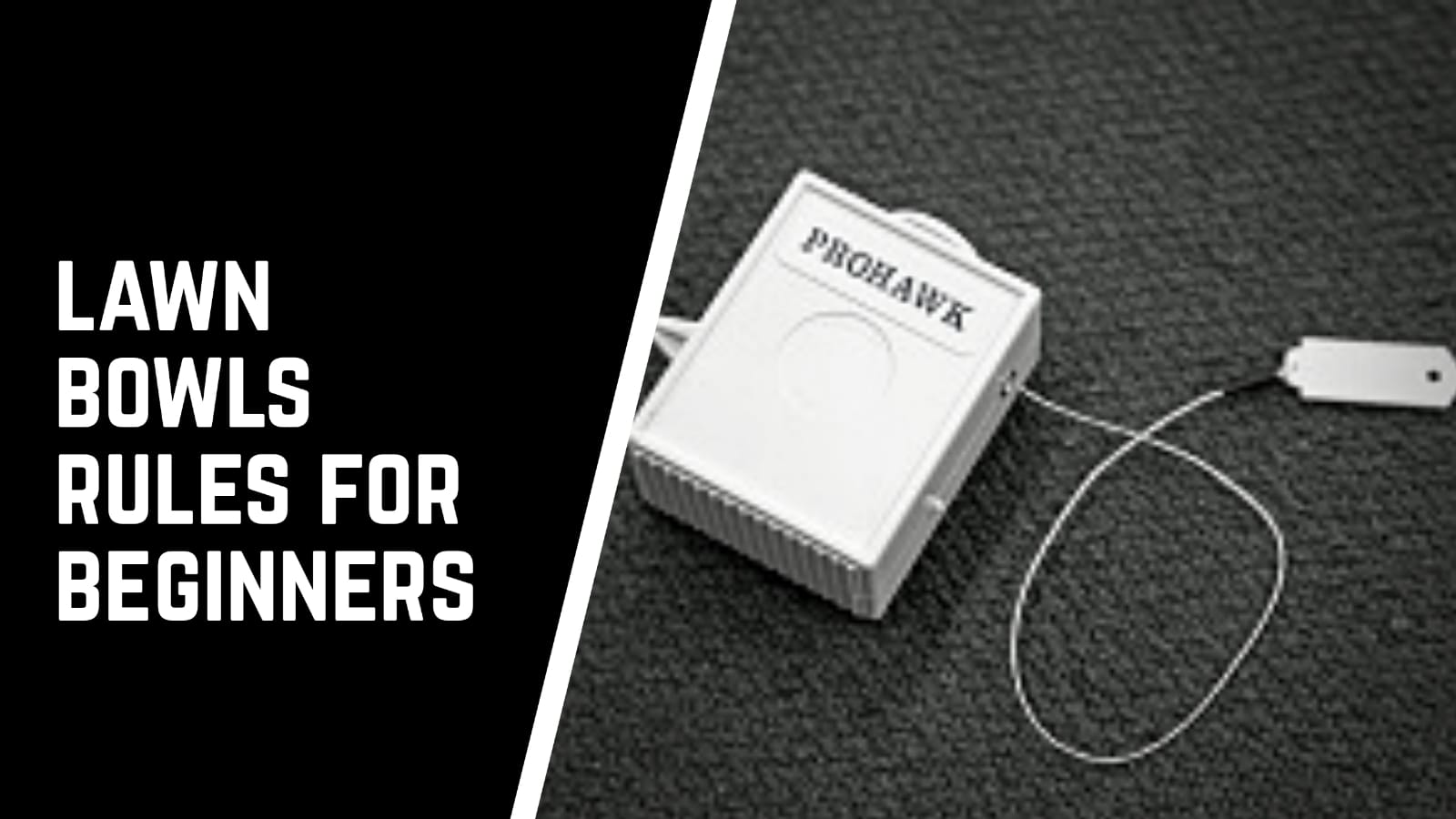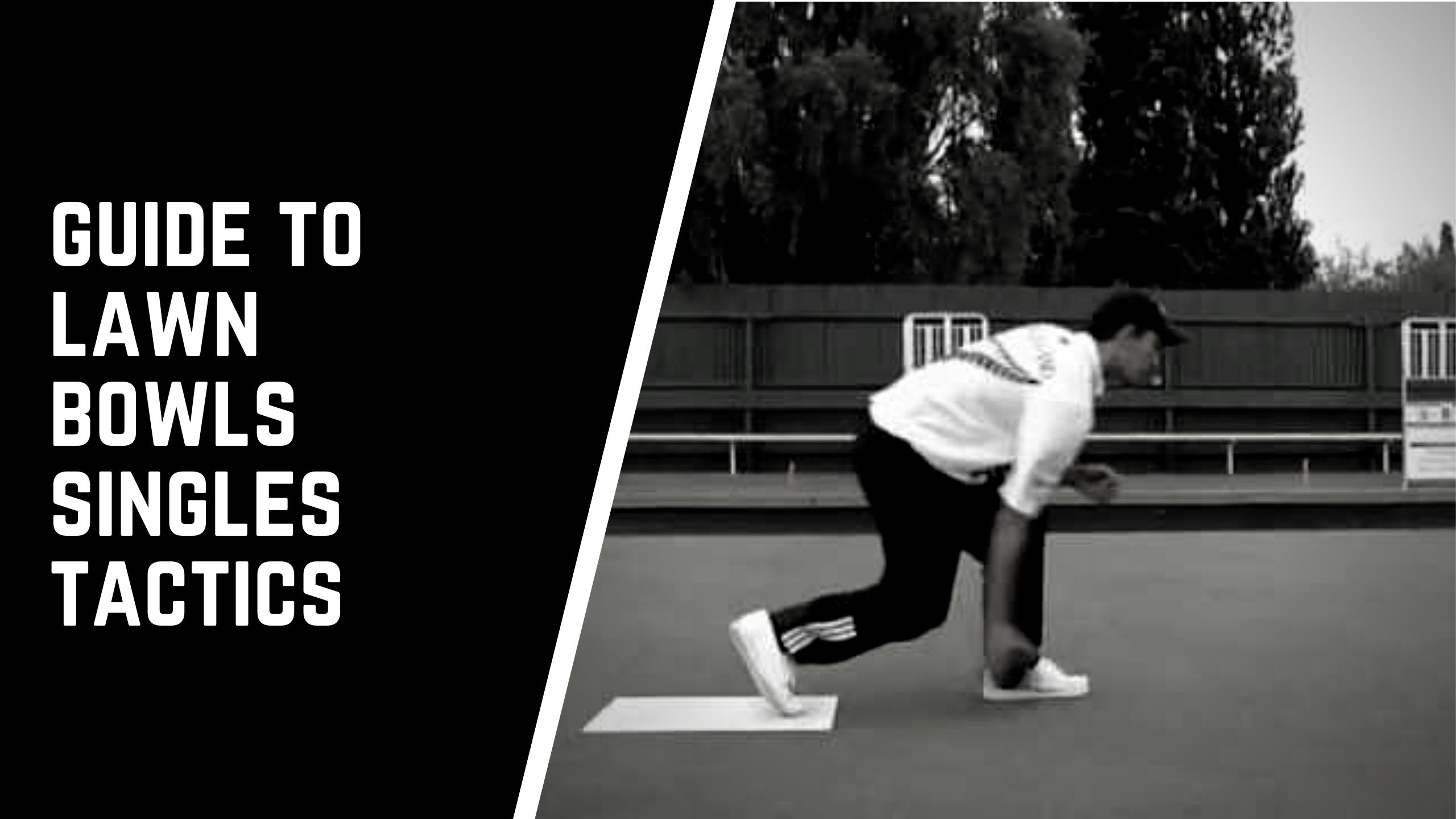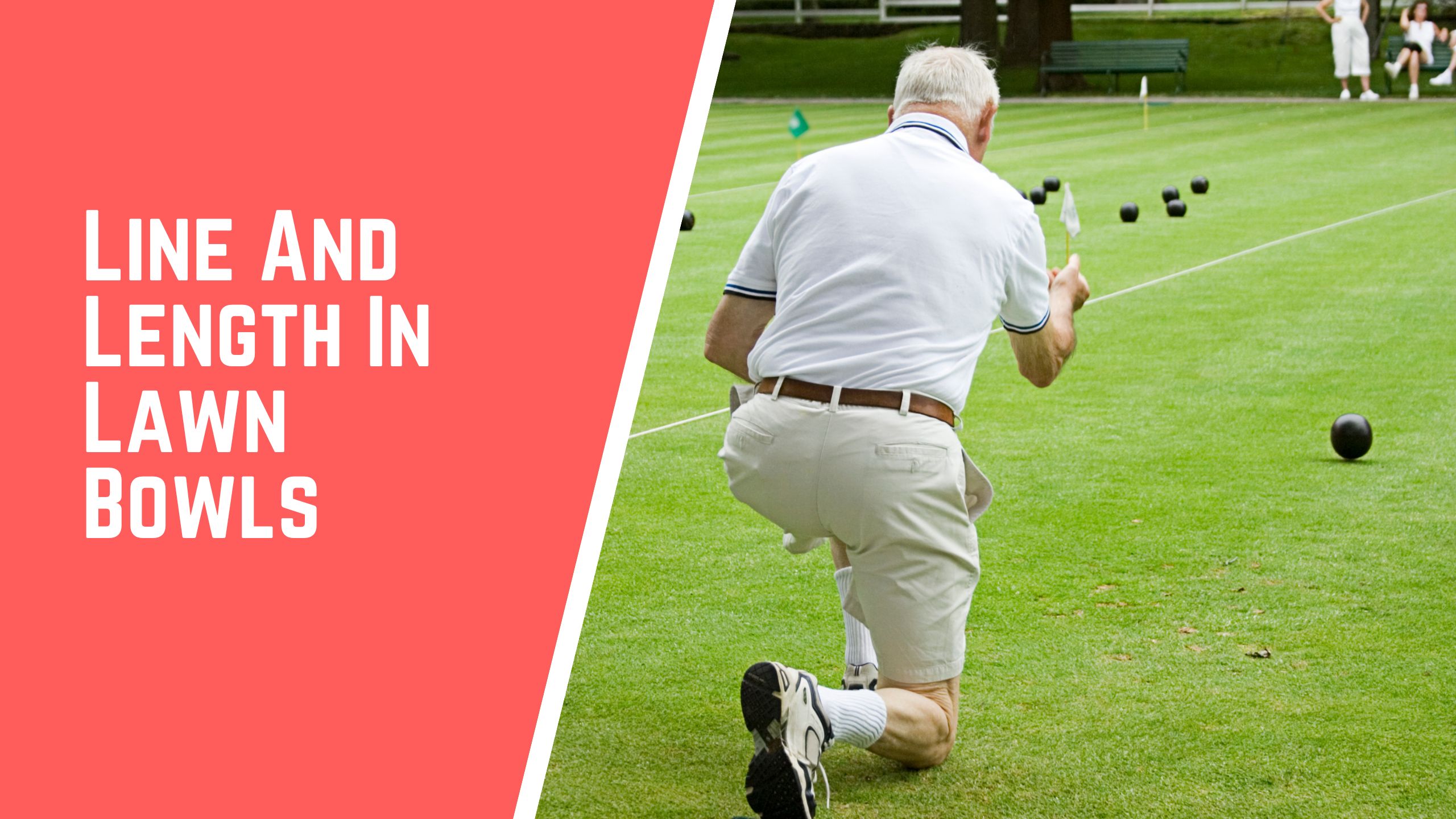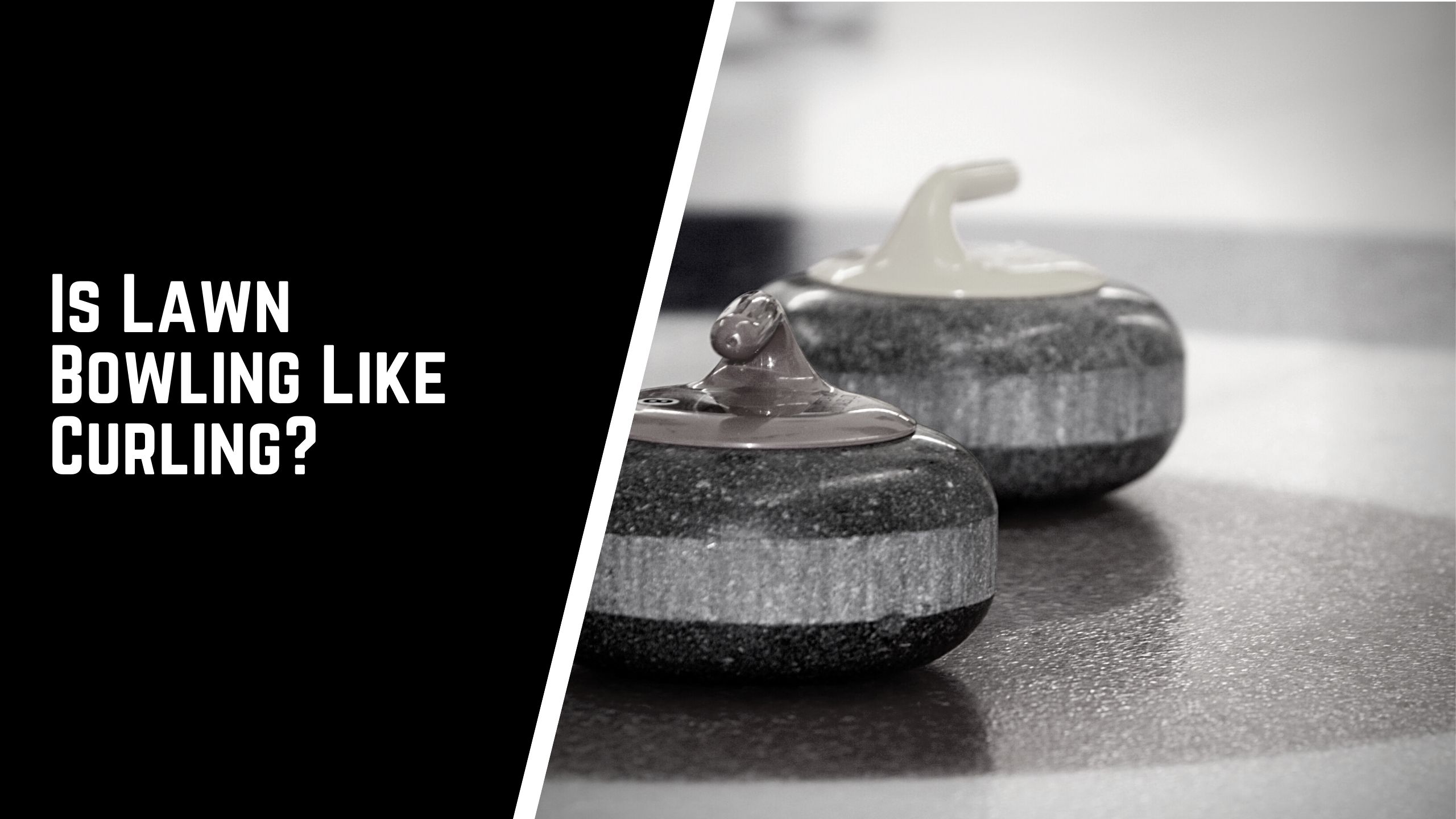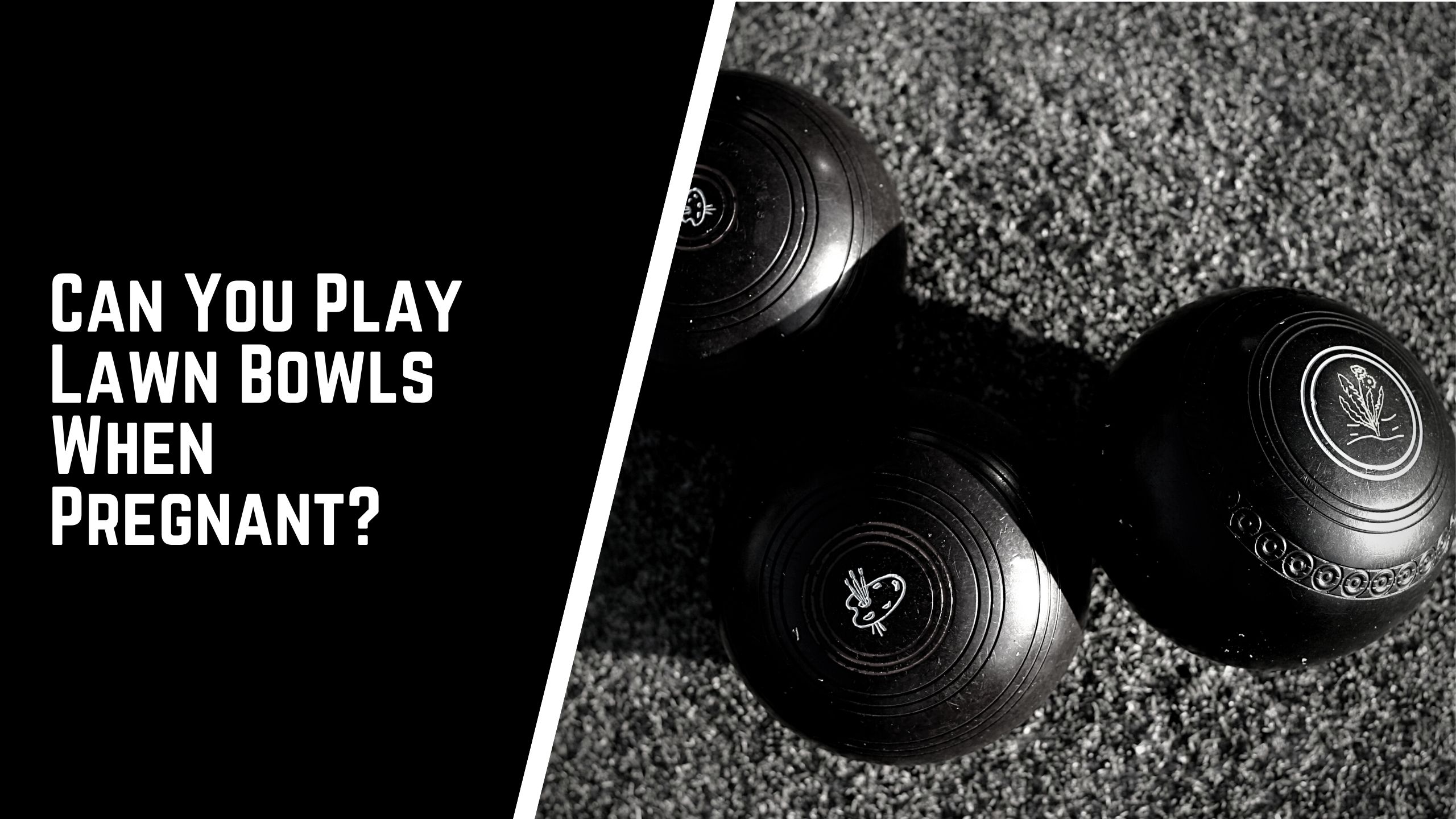The key to a good triples team is working together as a unit. The better you can play towards a common goal the better your results will be. This is a complete guide on lawn bowls triples tactics.
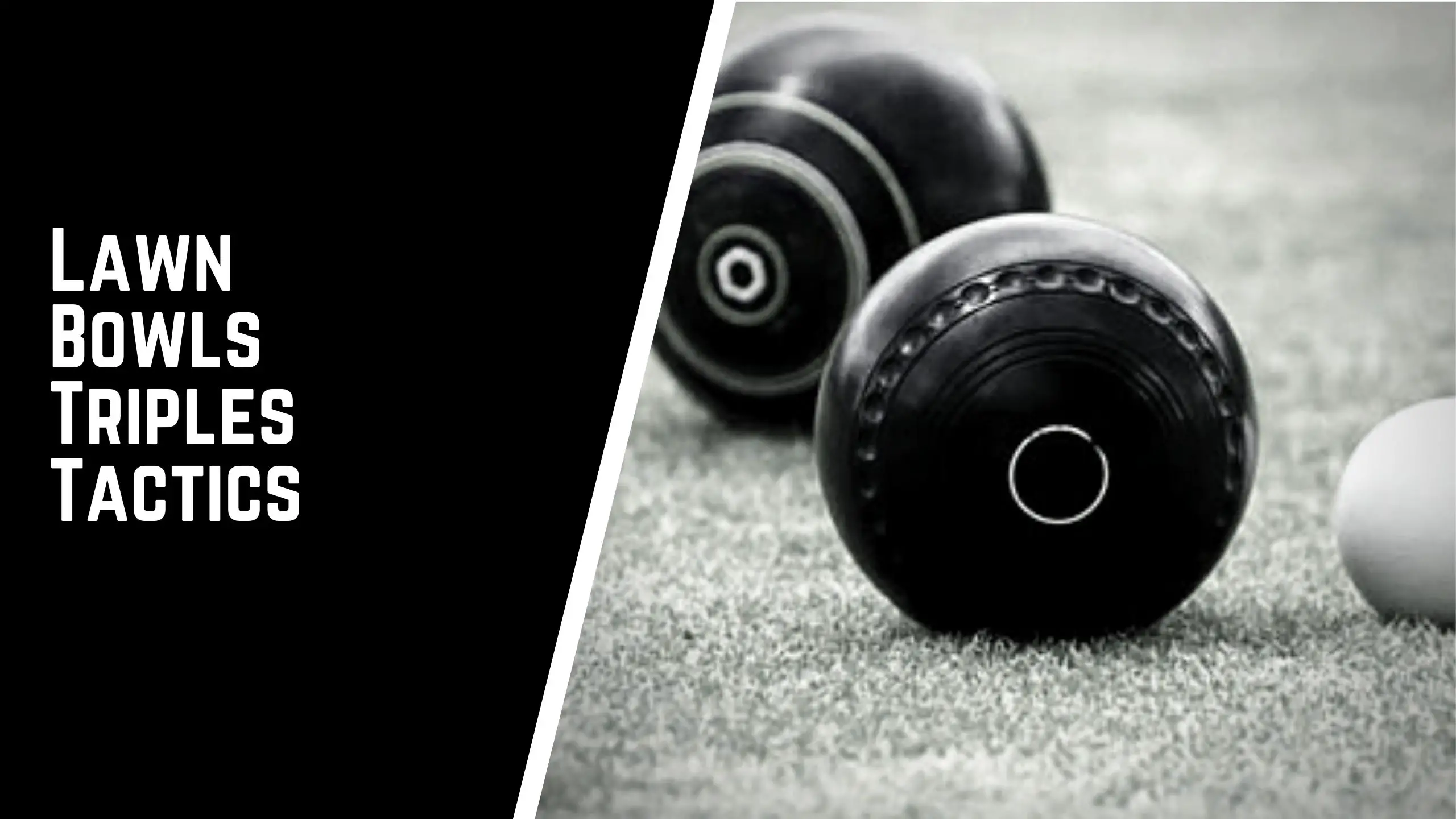
It can be tricky to plan your tactics in bowls, however the more players in the team – and the fewer bowls per player – the roles become more distinct.
This is true for triples. Each player has one less bowl than they would use for singles or pairs play – and as there is an extra player the front and backend of the team become more defined.
Common Formats
Triples can be played in either the 3 bowl format (where each player has 3 bowls – totalling 9 for a team) which is common at club and national level, or the 2 bowl format (where each player has 2 bowls – totalling 6 for a team).
Obviously the vast majority of players will never get to the level of competition where the 2 bowl format is found. So for the purposes of this guide I will assume the 3 bowl format is being played.
Roles Of A Triples Team
The roles in a triples team are more distinct than in a pairs team. The extra player, and fewer bowls per team member means that each individual can focus on a handful of responisbilities.
Let’s look at each in a bit more detail.
Lead
The lead is responsible for:
- Placing the mat and casting the jack when the team has the jack
- Building the head and setting up the end for the team
As the lead controls the jack they are in control of where the game is played (i.e. either long or short jacks), so whilst the game plan is set by the skip (more on that later) the lead has to execute the plan.
Whilst in pairs the lead may have some need to play more aggressive shots, this is rarely the case in triples.
This is a more traditional role for a lead. They will play predominantly as a “draw player” (playing to get as close to the jack as possible), and they can gauge their success against the opposing lead.
Number Two
The number two is responsible for:
- Guiding the skip when he is playing his bowls
- Measuring and agreeing scores alongside the lead from the opposing team
The number 2 takes a couple of the responsibilities away from the lead that they would have had in a pairs game. This allows the lead to focus on his core responsibility of building the head.
The number 2 is the most fluid role in a triples team. They need to be able to play a wide variety of shots to contend with various scenarios. Common scenarios for a number 2 are:
- playing draw shots to build the head when the lead has failed
- playing good positional shots to prepare the head for more aggressive shots to come
- playing aggressive shots to recover from bad positions
It could be argued that the number 2 should be the best bowler in the team. This is due to the variety of shots required, and the knowledge needed to help guide the skip when the end is finishing.
Skip
The skip is responsible for:
- Setting the game plan
- Requesting jack lengths from the lead when they control the jack
- Converting shots
- Keeping the scorecard
Not much changes for the skip in a triples team. The skip is responsible for setting the game plan – including any change to jack length or mat position – and for improving the score for their team.
Aggressive weighted shots are common as the skip will try to play weight to reduce counts against, or for improving counts when ahead.
General Principles Of Triples Tactics
3 bowls triples often leads to crowded heads. This is no surprise as this format leads to the most bowls in play of any common format. Once all is said and done there will be 18 bowls on the green!
Having so many bowls in the head often leads to blocked hands caused by short bowls. This means that shots can be gained (and lost) by aggressive shots promoting these short bowls.
Also, having so many bowls in play means that weighted shots can lead to lucky wicks (defections off of other bowls). As with most things in life, its better to be lucky than good!
Therefore, when playing triples its important to be aware of short bowls that can be promoted, and preparing yourself for a few lucky shots.
Planning a Triples Game Plan
A game plan for a pairs team can be simplified to:
- Mat positions
- Jack length
- Shot tendencies
- Building position
Let’s look at those in a bit more detail.
Mat positions
This tactic isn’t quite as common as in pairs. The communication required to plan this is tough, and isn’t an option for most club bowlers.
It’s often best to build the team around bowlers who share a common mat position – or at least select a team for a season so they can get used to the lead’s placement of the mat.
The placement of the mat is often overlooked as a tactic in most formats in club bowls. The placement of the mat affects the view the bowler gets and can affect how they judge the length of the jack and how they choose their aiming points.
Familiarity is the key, and a consistent mat position (wherever that may be) will help the team in the long run.
Jack length
Having a preferred jack length can be an advantage. Each player in the team will have a preferred jack length, whether that be short, ¾ or full length. If you all share a similar jack length then this can be your “default”.
This is trickier in triples, as getting 3 people to agree on anything will be hard!
As a rule of thumb if the lead and number 2 share a preference, then this should be the default of the team. The lead and number 2 are your main draw players, the skip is more likely to play weight, making the jack length less of a concern.
Shot tendencies
The shots required for the lead and skip are often pretty limited in triples. The lead will draw and the skip will play with a bit of extra weight.
The tactic of the team will often be driven by the number 2. If they are a strong draw player than “out drawing” the opponent will likely be the gameplan when converting shots. However if they prefer to play weight then firing shots and creating movement in the head will be best.
The skip should know their team’s strengths and shot selections should be driven from there.
Building position
As there are so many bowls in play it is common for the jack to move, or for shots to be removed from the head.
It is therefore imperative that good position is built through the end. What is “good position”?
Good position is when you preempt what might happen.
Common questions are:
- If the jack moves, where is it likely to go?
- What happens if our shot bowl is removed? How many could we be down?
- Where would be the worst place the jack could move to?
These questions will lead you to where you need to place bowls to cover any eventuality.
Conclusion
Triples is in a strange middle ground between pairs and fours. It doesn’t quite have the fluidity of roles of pairs, but not quite as rigid as fours.
However, its a great environment to learn the key roles and tactics.
Get The Complete Lawn Bowls Drill Pack
The Jack High Bowls Drill Pack is available now for instant download.
Perfect for beginners and improving players looking to be more consistent and win more games!
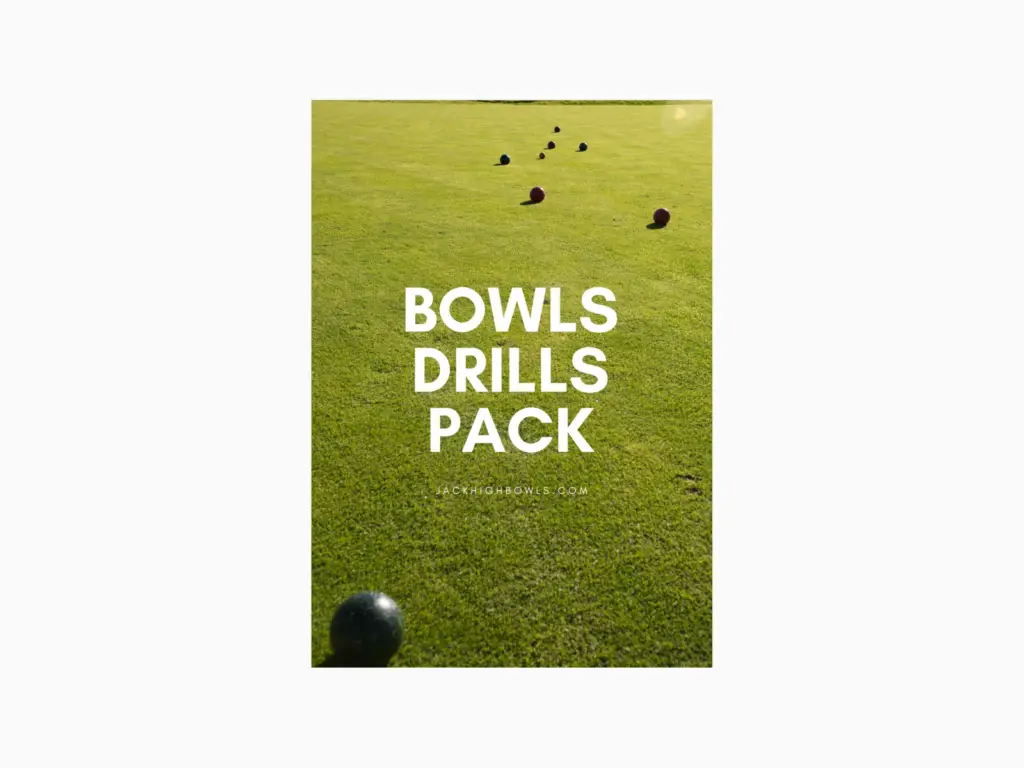
Get The Complete Lawn Bowls Drill Pack
The Jack High Bowls Drill Pack is available now for instant download.
Perfect for beginners and improving players looking to be more consistent and win more games!


